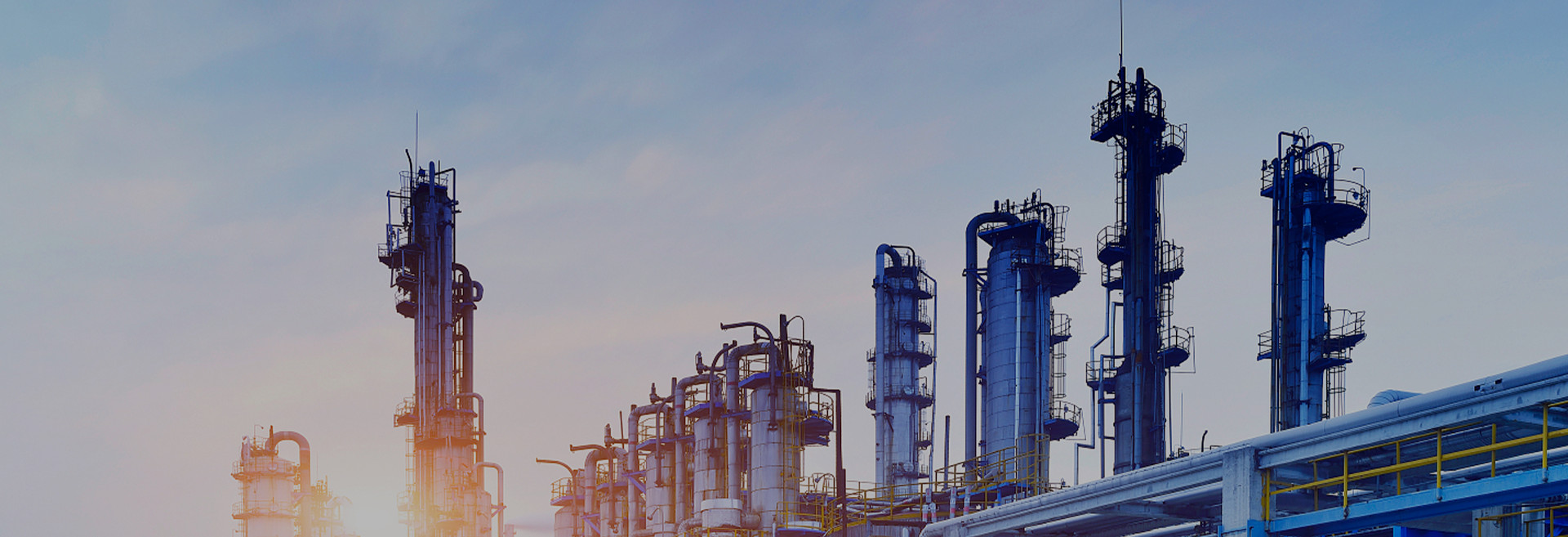From lighting and lasers to medical and environmental applications, KrCl gas is set to make a significant impact across multiple sectors.In the medical sector, KrCl gas holds promise for therapeutic applications. Photodynamic therapy (PDT), a non-invasive treatment for certain cancers and skin conditions, relies on the activation of photosensitizing agents by light. KrCl gas’s emission spectrum aligns well with the absorption characteristics of these agents, making it an efficient light source for PDT. The use of KrCl gas in this field has the potential to enhance treatment outcomes, improve patient experiences, and expand the scope of photodynamic therapies.
Additionally, KrCl gas is being explored for environmental applications, particularly in air and water purification systems. The gas’s strong oxidative properties make it effective in neutralizing harmful pollutants and pathogens. As concerns about air and water quality continue to escalate, the utilization of KrCl gas in purification technologies can help mitigate these challenges and contribute to a cleaner, healthier environment.
However, it is important to note that the adoption of KrCl gas in various applications will require ongoing research and development, as well as the establishment of robust safety and regulatory frameworks. Collaboration between academia, industry, and regulatory bodies will be crucial in harnessing the full potential of KrCl gas while ensuring its safe and responsible use.
As we embark on the journey of 2024, the future for krypton chloride (KrCl) gas shines brightly. With ongoing advancements, innovation, and responsible utilization, KrCl gas is poised to carve out a prominent place in the scientific and industrial landscapes, driving progress and enhancing the quality of life for people around the world.
Post time: Jan-03-2024

